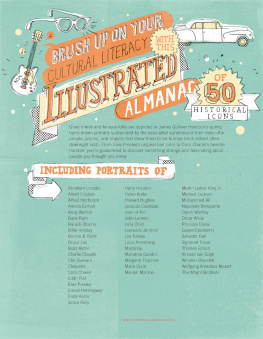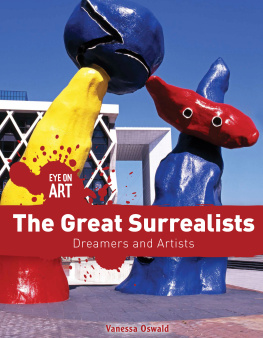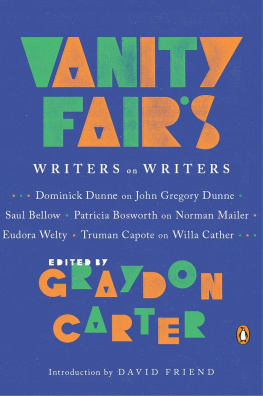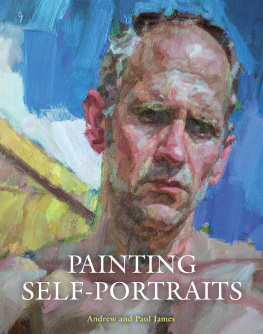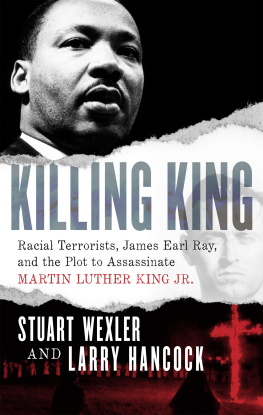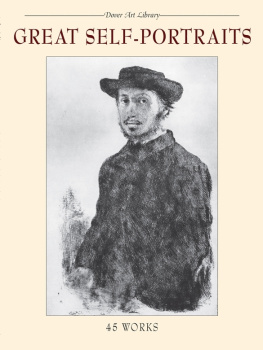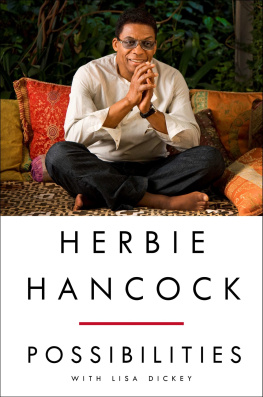
Every effort has been made to ensure the accuracy of all information included in this volume. Any errors that may have occurred are inadvertent and will be corrected in subsequent editions, provided notification is sent to the publisher.
Copyright 2014 by James Gulliver Hancock.
All rights reserved. No part of this book may be reproduced in any form without written permission from the publisher.
Library of Congress Cataloging-in-Publication Data available.
ISBN: 978-1-4521-1456-9 (pb)
ISBN: 978-1-4521-2998-3 (epub 2, mobi)
ISBN: 978-1-4521-3749-0 (epub 3)
Chronicle Books LLC
680 Second Street
San Francisco, CA 94107
www.chroniclebooks.com


I love visiting a new friends house and discovering that he collects antique squeezeboxes, or that the bracelet she wears is made from her great aunts hair. Its beautiful that we are like little planets pulling detritus into orbit around us. We all know its hard to get rid of things from our lives, and hoarding looms just around the corner. But there are some items you would never think to part with; they are linked to us through events in our lives or they just fit perfectly.

People seem to relax when they are around their things. It is how they define themselves and make their living situation home. These things are extensions of us, props that we gather to help project an identity and help us interact with the world. We can learn a lot about a person from looking at what they choose to surround themselves with. In his book Blink, Malcolm Gladwell notes that students are far more successful at assessing someones personality from a glance at their dorm room possessions than spending time with the actual person.

I have always been intrigued by peoples relationship to objects. Having traveled extensively, Ive witnessed the waxing and waning of my possessions with different locations. There are things that have stuck with me out of necessity and things that I hold on to for no reason other than I like having them around. I love both the feeling of freedom that carrying only a suitcase can bring and the strong sense of security that keeping a collection of personal trinkets provides. Sometimes stuff feels like a burden and other times it seems to connect us more strongly to our world. Ive become hyper-aware that I hold onto certain things, that they are mine, and that they are important. My father worked in estates of the deceased and the collections of each lifes worth of stuff was always a fascinating summary of that person.
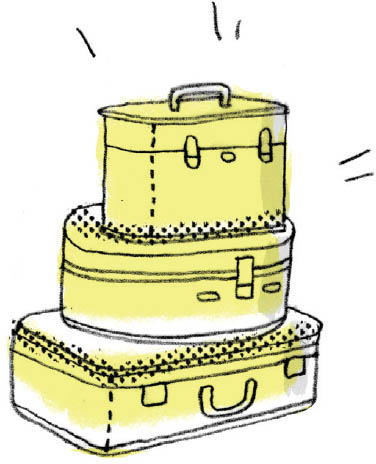
Like possessions, small quirks reflect a persons identity; their clothes, their favorite food, the house they grew up in, the people they know. Im a visual communicator and I always found it interesting that people have these props that become extensions of who they are. When I think of Che Guevara I think of his beret; when I think of Grace Kelly I think of that classic scarf; when I think of Elvis I think of that super sandwich. They are physical objects that provide visual clues about who a person is or has decided to be. They may seem to be on the surface, decoration on the faade, but the fact that these particular bits and pieces become easily associated with and connected to these particular people says something about who they are.

This project started when I was living in New York. I was drawing buildings for my blog allthebuildingsinnewyork. com and started to think about the people who were inside those buildings. As a newcomer to the city from Australia, I was amazed at how many characters you would see walk by on a daily basis and I would wonder which building was theirs. Everyone seemed to have their own style or quirk. Who are they? What stuff do they use? How do they get around? What do they eat? What are their routines? What makes each one different from the next person on the street? It was these potentially infinite characters with their infinite quirks that I loved and wanted to explore. Initially not having too many friends in New York I started to make them up, to invent characters and draw them: office workers who loved bees, tugboat drivers who collected toy trains and caught the A train to work. Somehow it helped me organize the chaos of a huge society of individuals.

Over time I started applying this style of drawing to people I knew and capturing their visual summaries (you can see mine at the end of the book). And later I became intrigued by searching out these same kinds of objects and icons for the great figures of history. Its a voyeuristic attempt to delve deeper into people I have no primary access to, an obsessive sorting of the human experience. The people in this book are all extraordinary in some way and have inspired me because of the lives theyve lived. By reducing them to these basic equations of ordinary life its fascinating to see how much their everyday choices make them more human. How some of their habits and rituals are within basic human need; what they like to eat, where they were born, even the stories of their unusual deaths or marriages can make them seem normal in this context. Obviously not everyone has a 10-carat engagement ring like Grace Kelly, but most people do love a slice of cheesecake now and then. Collecting peoples detritus at once makes them extraordinary and human at the same time.

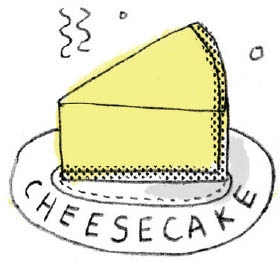
This book is a visual encyclopedia, allowing glimpses into iconic figures personalities. These props and events tell a part of the story of who they are in a way that is sometimes clearer and more revealing than words. These are not meant to encompass their entire lifetime of achievements but they do reflect the one solid identity of each person built up over years of their life. They are refined here to their favorite things, shuffling around them, and we are left wondering why the universe gave those particular things to them.
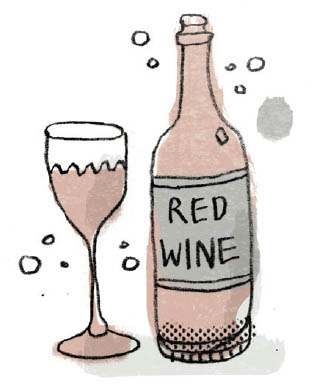
So I invite you to explore these people in this visual summary. I guarantee you will learn something about people you thought you knew, and hopefully gain an insight into the quirky nature of the human experience.
Next page
